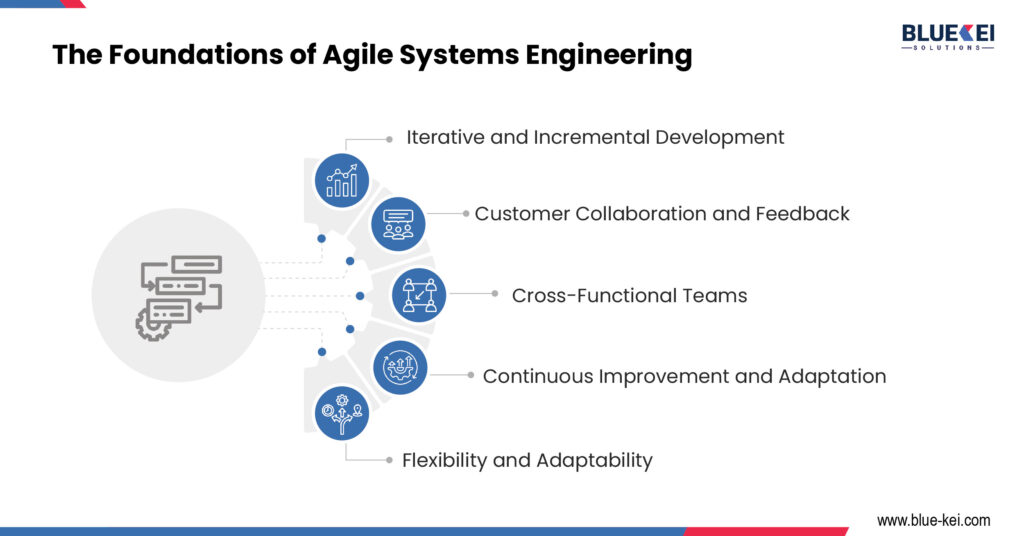Realizing the Benefits of Agile Systems Engineering: Principles and Implementation Strategies


We saw how businesses benefit from the systems engineering approach. There is much to explore and achieve. You may also want to reap the benefits of this approach. Let BlueKei help your organization leverage systems engineering to its full potential. Contact us to schedule a call to get things going!
If you are interested in understanding how to adopt systems engineering and model based systems engineering practices within your organization, reach out to BlueKei Solutions team at info@Blue-Kei.com. We specialize in systems engineering consulting, project executions, process adoptions such as compliance to ISO15288, ARP 4754A, ISO 42020, digital transformations. We can also conduct capability development workshops which are experiential and tailored to your needs. With systems engineering adoption you can address the complexity, manage evolving risks and bring transformation in communication within your organization through digitalization and create the digital thread.

